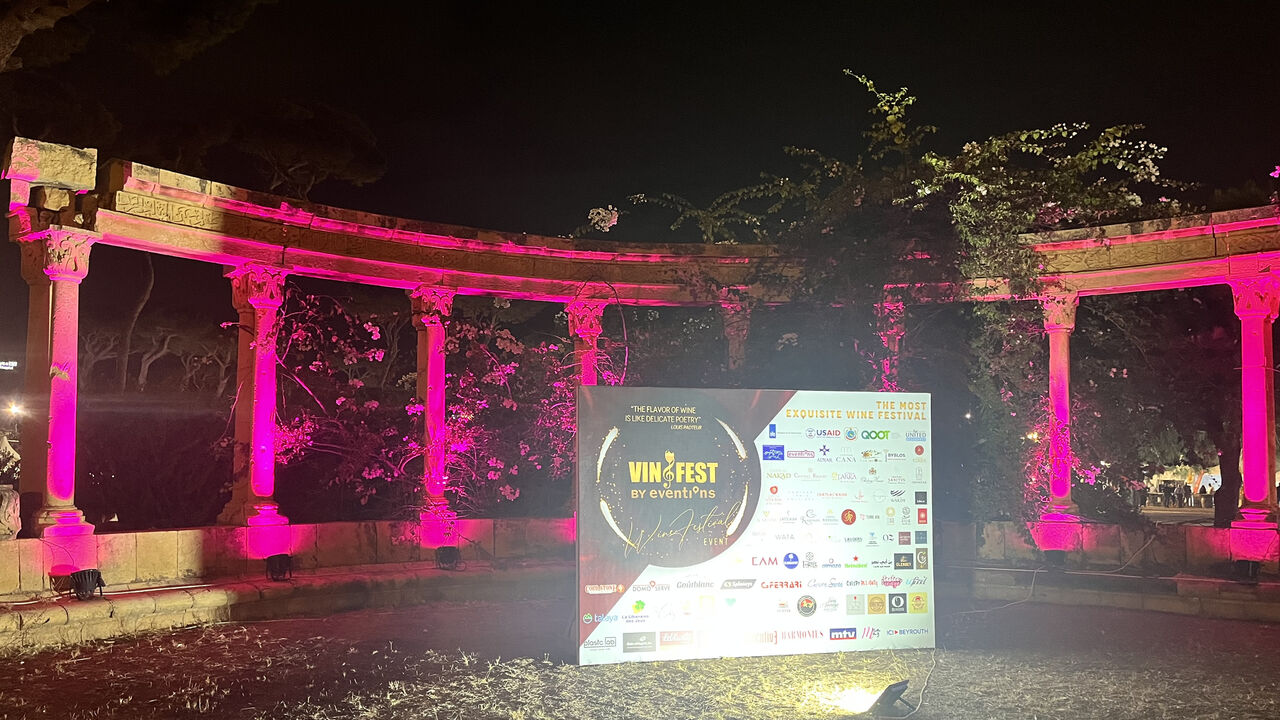
Lebanon’s Vinifest returns as local wineries face uncertain future
Subscribe for less than $9/month to access this story and all Al-Monitor reporting.
OR
Create an account for a 7-day trial to access this article and all of AL-Monitor.
By entering your email, you agree to receive ALM's daily newsletter and occasional marketing messages.










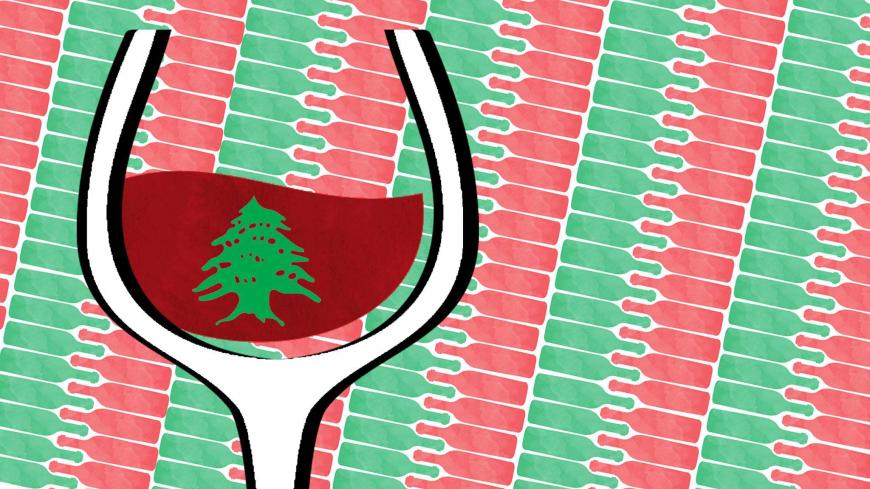
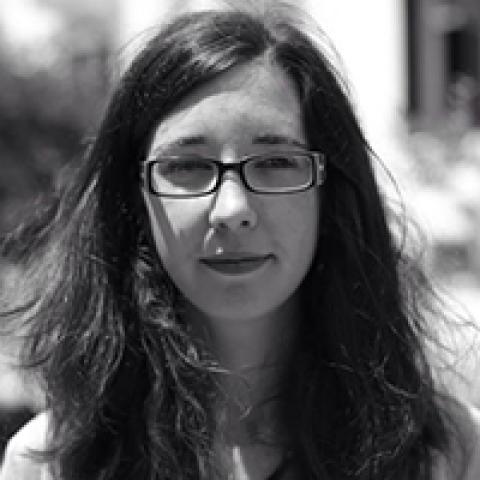
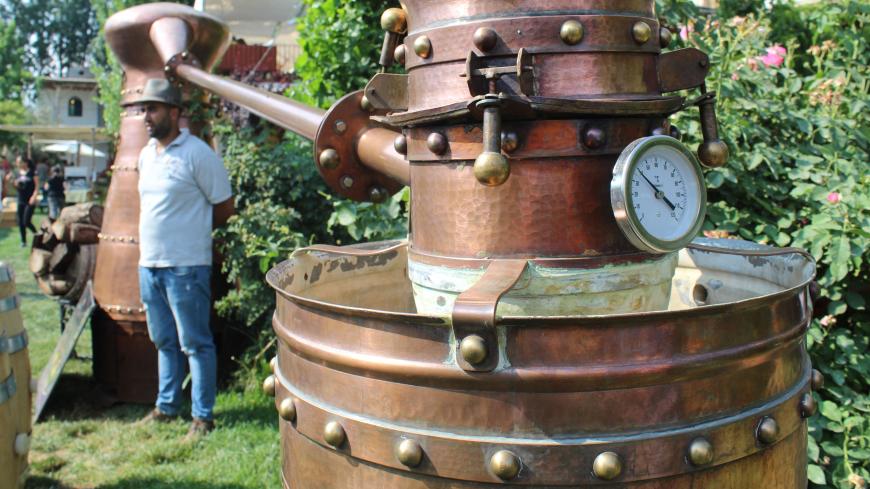

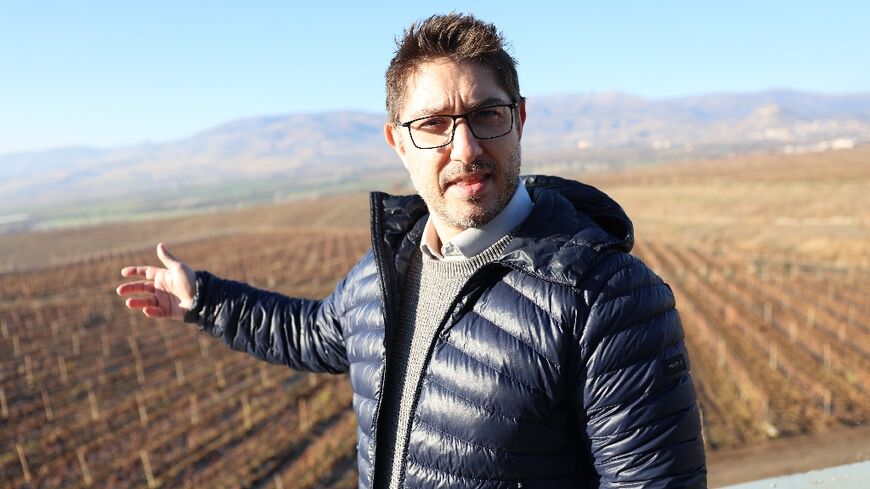
![Yellow capped new bottles of Turkish liquor of "Yeni Raki" remain packed at a alcohol sales spot in Istanbul March 9, 2005. A Turkish alcohol company on Tuesday ordered the recall of millions of bottles of Turkish liquor as the death toll from a bootleg version of the drink rose to at least 22.[ Galip Yorgancioglu, chief executive of Mey Drinks, said the firm was recalling all 0.7-litre bottles of Tekel brand raki, a popular anise-flavoured drink. Other sizes and brands would remain on shelves. ] - PBEAHUOC](/sites/default/files/styles/article_header/public/almpics/2017/11-1/RTXNAY7.jpg/RTXNAY7.jpg?h=a5ae579a&itok=UQholvmN)
